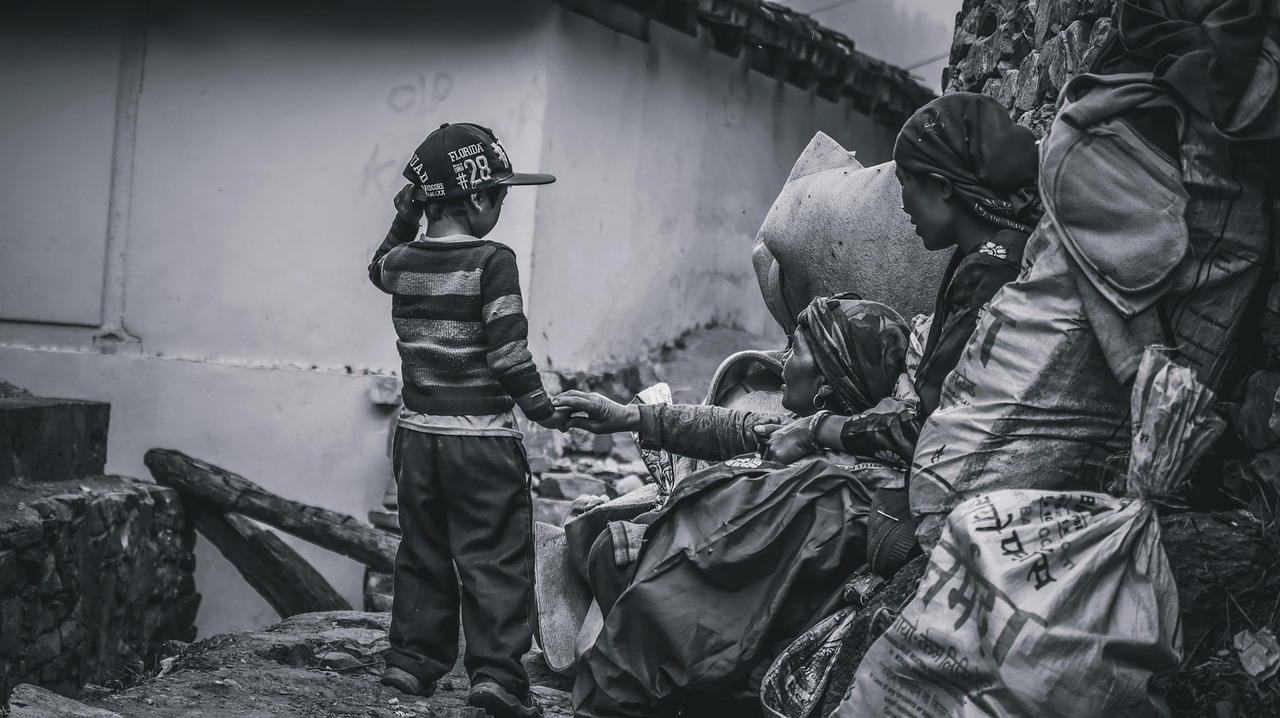Context and Issue
In remote rural areas of Cambodia, Myanmar, and Nepal, barriers to accessing quality primary education are multifaceted. Stigmatization and discrimination against ethnic minority communities in Cambodia's Ratanakiri and Stung Treng Provinces exclude them from the public education system. Myanmar's historical underinvestment in education, with only 1.6 percent of GDP allocated in 2010, hampers the government's ability to reach remote communities. Similarly, Nepal faces challenges due to inadequate government investment, mismanagement of existing schools, teacher absenteeism, and high school fees, hindering education access for marginalized groups.
Solution
United World Schools (UWS) initiates each development project by engaging local stakeholders to foster ownership and accountability. Collaborating with the local education ministry aligns project goals with national priorities, ensuring community support and parental involvement in student enrollment and retention. To reach 33,830 out-of-school children (OOSC) across the three countries, UWS plans to construct 163 new primary schools. Key project components include consultation with governments and communities, global education partnerships for financial sustainability, empowered School Support Committees (SSCs), quality assurance through monitoring and teacher training, and cost-effective school construction.
Impact
Despite slightly missing the enrollment target (83% achieved), the project has successfully provided facilities and teachers to 27,923 OOSCs in remote and marginalized regions. UWS constructed 134 schools and 47 Community Learning Sites, overcoming natural barriers like heavy rainfall and flooding. Establishing School Support Committees has encouraged regular school attendance, with 80% of schools and 95% of CLSs having active committees. Continued enrollment of OOSC is expected, with approximately 2,000 enrolling annually in EAC-funded schools.












